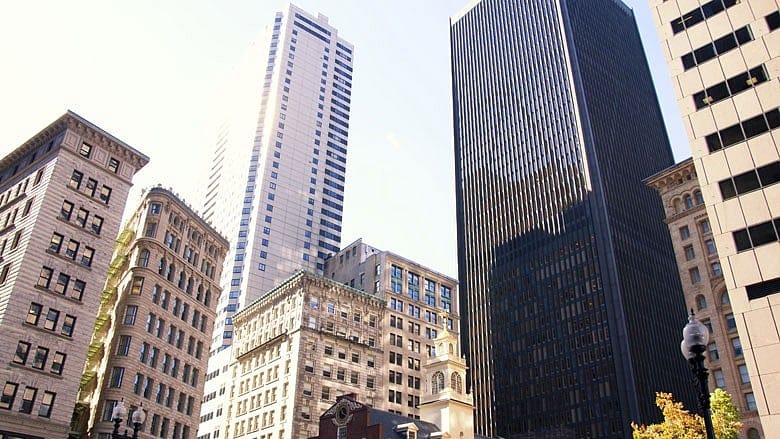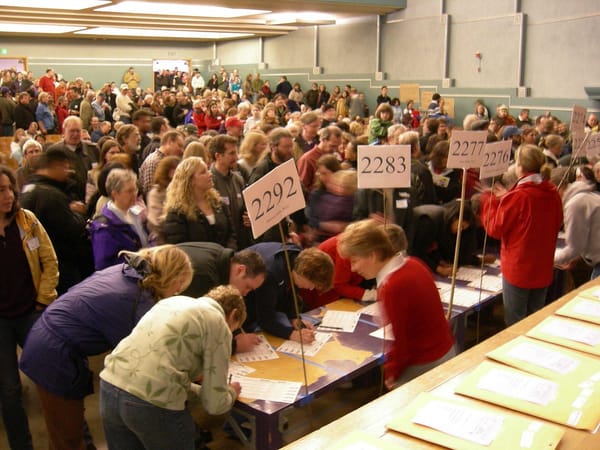Urban renewal

March 1,
In an address to Congress on Jan. 30, 1962, President John F. Kennedy stated that "we will neglect our cities at our peril, for in neglecting them we neglect the nation." Kennedy not only recognized the importance of urban development to the prosperity of the nation, but emphasized the urgency of enabling "the sound growth of our communities." To Kennedy, that meant "orderly and planned expansion, not explosion and sprawl."

